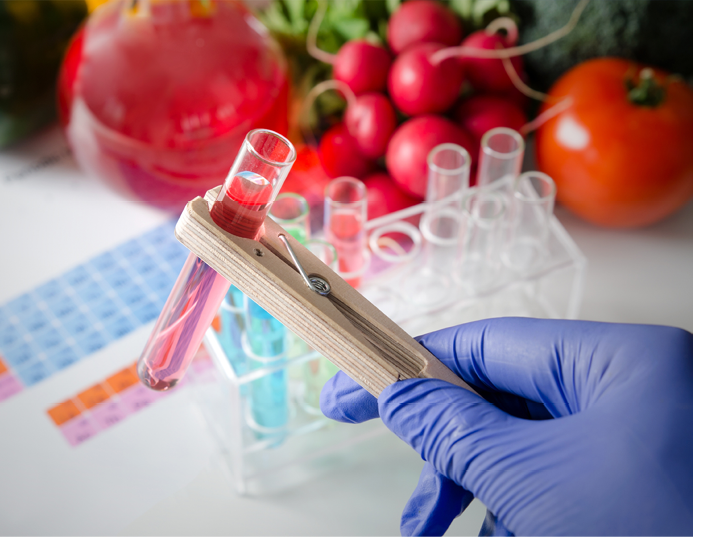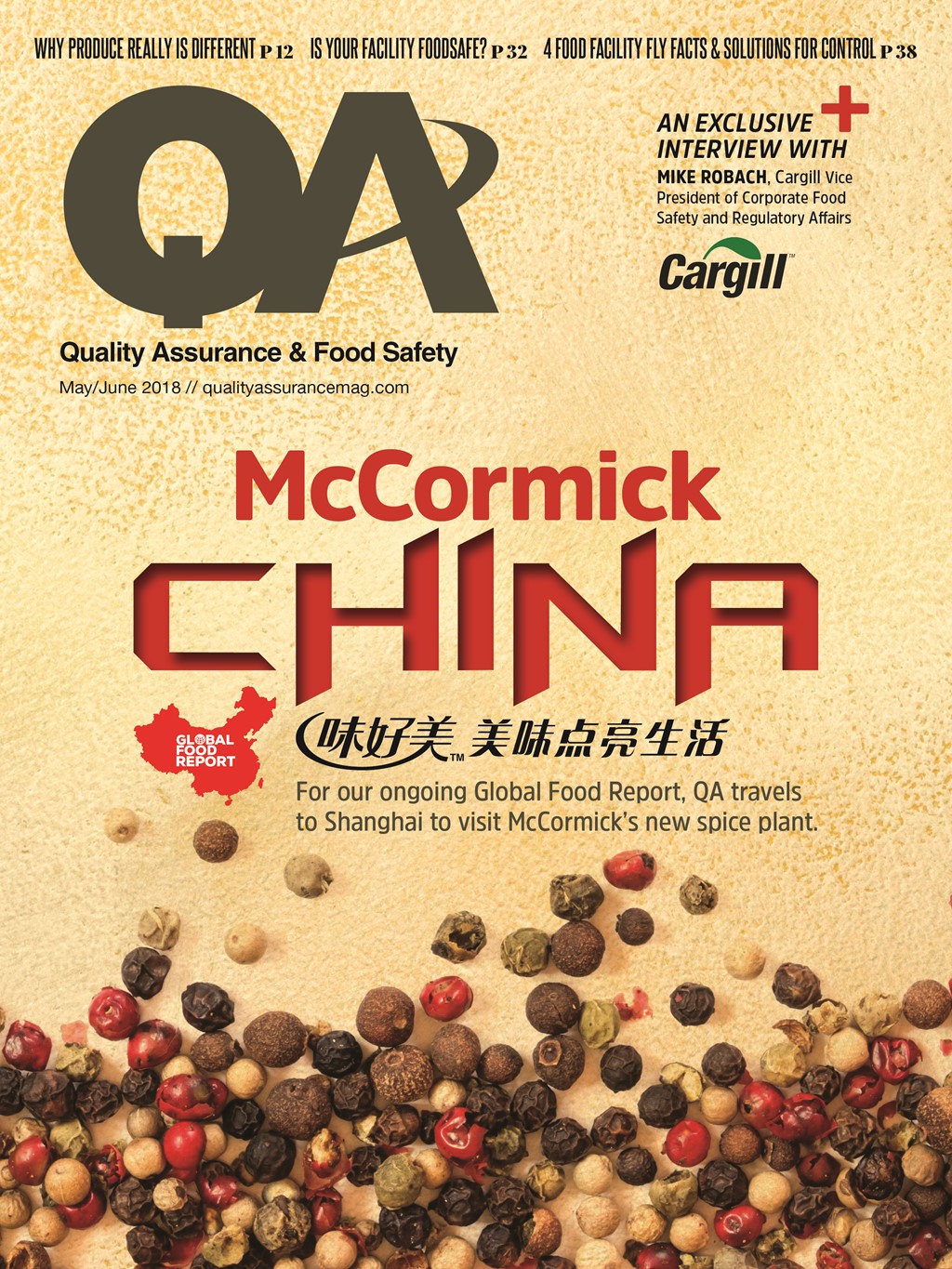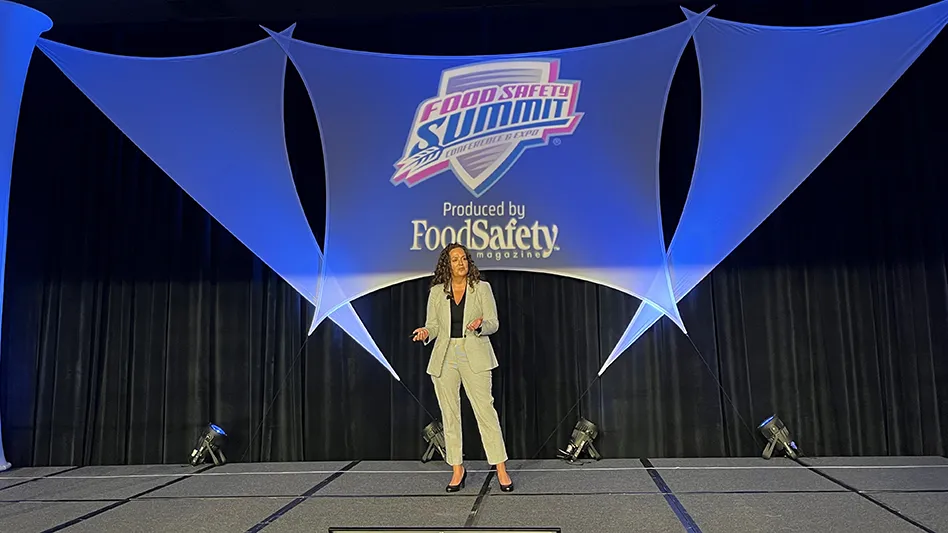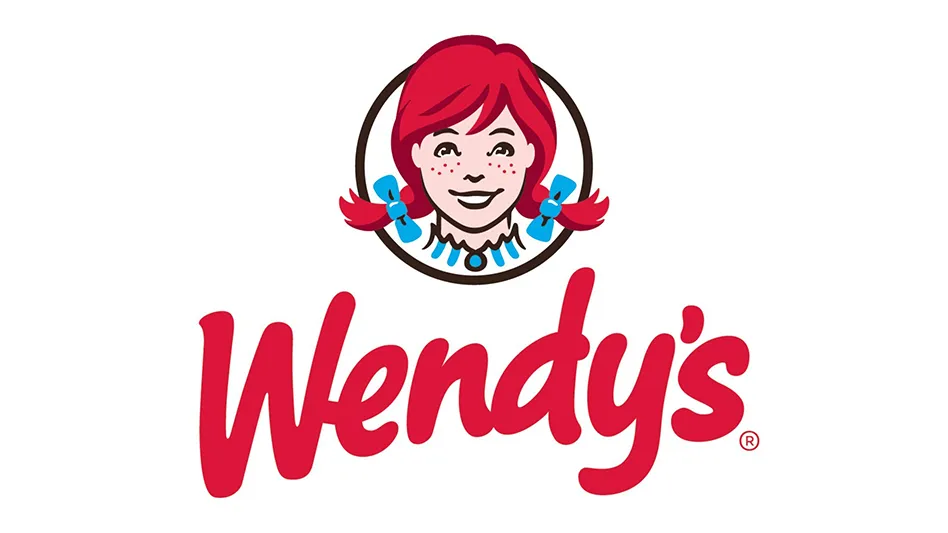

Is that Bordeaux wine you are drinking? Is that a tasty piece of red snapper you are eating, accompanied by olive oil on your salad, and honey in your tea? Or are they really what you think they are — and what you are paying for? How do you know and how can you be sure?
The issue of uncertainty is generally about food fraud and the perpetrator’s desire for undeserved profits in the guise of meeting customer demand; it usually is not done to intentionally create harm to the consumer. (Remember that the melamine contamination of milk, infant formula, and other food materials and components was not based on a desire for intentional poisoning). Food fraud is when food is put into the marketplace with the deliberate intention of misleading the consumer, generally to save money. There are many types, including deliberate mislabeling, substituting ingredients with cheaper alternatives, and making false claims about their origin.
It comes about because in today’s global economy, consumers seek year-round access to a variety of foods in seasons of the year where they are not normally locally available. While food has been bought and sold since ancient times, for much of that time the foods were locally produced. That local sourcing resulted in the community knowing who provided what food, resulting in a sort of social accountability that reduced the opportunity for unscrupulous behavior in the food supply chain.
Today, consumers’ desire for inexpensive, readily available foods that were once only seasonal or from far-off sources leads to a need for mechanisms that help ensure trust in the products’ purity and, in some cases, identity. Consumer demand for “exotic foods” is pushing food-related businesses to open or expand into new markets for trade that places pressure on creating and maintaining confidence in the quality and integrity of the goods and services being offered. However, with today’s often far-flung business arrangements, food suppliers are faced with a trip to the producer or manufacturer to evaluate firsthand the quality of the output. But this may not always be convenient or practical.
THE QUESTIONS. With the possibility of adulteration and/or contamination nearly always present, how can consumers feel confident in the safety and identity of the foods they purchase? Especially as dangers seem to be multiplying:
Earlier this year, a criminal tribunal in Bordeaux heard charges alleging wines were illegally blended from prestigious appellations with table wine, and mixed appellation wines, vintages, and châteaus. According to a 2013 study by Oceana, broad retail surveys of seafood mislabeling by both government agencies and academic researchers in North America have uncovered mislabeling rates ranging from 25% to 40%. Outside the U.S., mislabeling rates as high as 50% have been found. Surveys of one kind of fish have found mislabeling rates of 25% to more than 70% for commonly swapped species such as red snapper, wild salmon, and Atlantic cod. For example, 87% of the snapper samples were not snapper. White tuna was mislabeled 59% of the time. Between one-third and one-fifth of the halibut, grouper, cod, and Chilean sea bass tested were mislabeled. According to one study, olive oil makes up 16% of the food fraud cases tracked; it generally is misrepresented through the dilution of real extra-virgin olive oil with less expensive oils like soybean or sunflower or of high-quality olive oil with low-quality olive oil.
Honey is another food product that is easily falsified and can be diluted with high-fructose corn syrup, cane sugar, and beet sugar. A prominent example is Manuka honey, an expensive variety of honey produced only in New Zealand. According to NZ Ministry of Primary Industries statistics, Manuka honey manufacturers in New Zealand estimate that 1,700 tons are produced each year, yet up to 10,000 tons are sold around the world.
So how can users gain confidence in the quality of the products they use? A product certification process assesses quality against recognized quality system standards, and a seal is affixed to the product. However, there often is a plethora of possible organizations and quality certification schemes — Are they all the same? Do they have the same ends?
Take, for example, olive oil produced in North America. There are at least four associated organizations, at least three certifications schemes, and at least a dozen organizations offering certification marks that at least partially cover olive oil. How is the consumer to know what all this means? One way is through certification schemes accredited by an accreditation body that is a signatory organization of the International Accreditation Forum (IAF). As an independent, technical expert, IAF verifies correct application of the standard and the requirements for certification with objectivity, transparency, and freedom from conflicts of interest.
SOME ANSWERS. What is the glue between the need to ensure safety and transparency of this process and consumers? The glue is third-party accreditation organizations who themselves are evaluated by their peers to ensure that they meet ISO 17011, which accredits labs to the most appropriate QMS standard. Accreditation is a demonstration of competence to perform certification against a certain standard and is part of an international mechanism for building trust between suppliers and buyers.
Historically, the use of certification schemes and certification marks have been used to help identify products that are free from purposeful adulteration (economic fraud) and that meet market and regulatory specifications for quality. For food fraud, it is certification bodies accredited to ISO/IEC 17065. The requirements contained in this international standard are written, above all, to be considered as general criteria for certification bodies operating product, process, or service certification schemes; they may have to be amplified when specific industrial or other sectors make use of them, or when requirements such as health and safety must be taken into account.
Compliance with food safety, quality, and production standards demonstrates that these often far-off suppliers are meeting appropriate levels of safety, environmental performance, and animal welfare certification schemes. Accreditation, and the use of accredited conformity assessment bodies, also can support business in legal issues regarding the supply chain against liability claims. And it is through the international accreditation agreements that an infrastructure is created that promotes accredited certificates to be accepted around the world. Thus, it is through this process that the risk of food products being rejected by international trading partners is reduced as is the need to have products re-evaluated at a country’s border.
There also are other standards and accreditations that can help provide the highest level of accuracy of analysis. For the testing of products produced under the certification scheme, it is ISO/IEC 17025 for laboratory testing. This standard is itself supported by ISO/IEC 17034, which specifies the general requirements for the competence and consistent operation of reference material producers that helps in accurate analysis, and ISO/IEC 17043, which provide additional requirements for accreditation of proficiency testing providers. (These provide blind food-type samples for laboratories to test to provide assurance that their competence for identifiying unknown client samples is correct.) Collectively, these interlocking independent auditing systems help instill confidence in the entire process; but the ISO/IEC 17065 product certification standard is where the other standards come together to provide the necessary support for the credibility of the certification marks.
So the next time you go to a restaurant or grocery store and see a mark of certification on a food product, remember that it is the use of an accredited scheme for food quality, source, or identity that helps consumers have the highest level of confidence in their purchases.

Explore the June 2018 Issue
Check out more from this issue and find you next story to read.
Latest from Quality Assurance & Food Safety
- FDA Issues Update on Post-Market Assessment of Tara Flour
- ASI Announces Training Partnership with Rootwurks
- Nfinite Nanotech Closes $6.5 Million Seed Financing to Create Flexible Food Packaging with Nanotechnology
- University of Pretoria Food Science Student Wins IFT and PepsiCo’s Academic and Travel Undergraduate Hybrid Scholarship
- Kraft Natural Cheese and Shawn Johnson East Celebrate Launch of Kraft Signature Shreds
- Natural Sourcing International Announces Voluntary Recall of Black Chia Seeds
- PTNPA's DC Fly-In Connects Members with Policymakers
- Breck Partners Acquires NPX One





